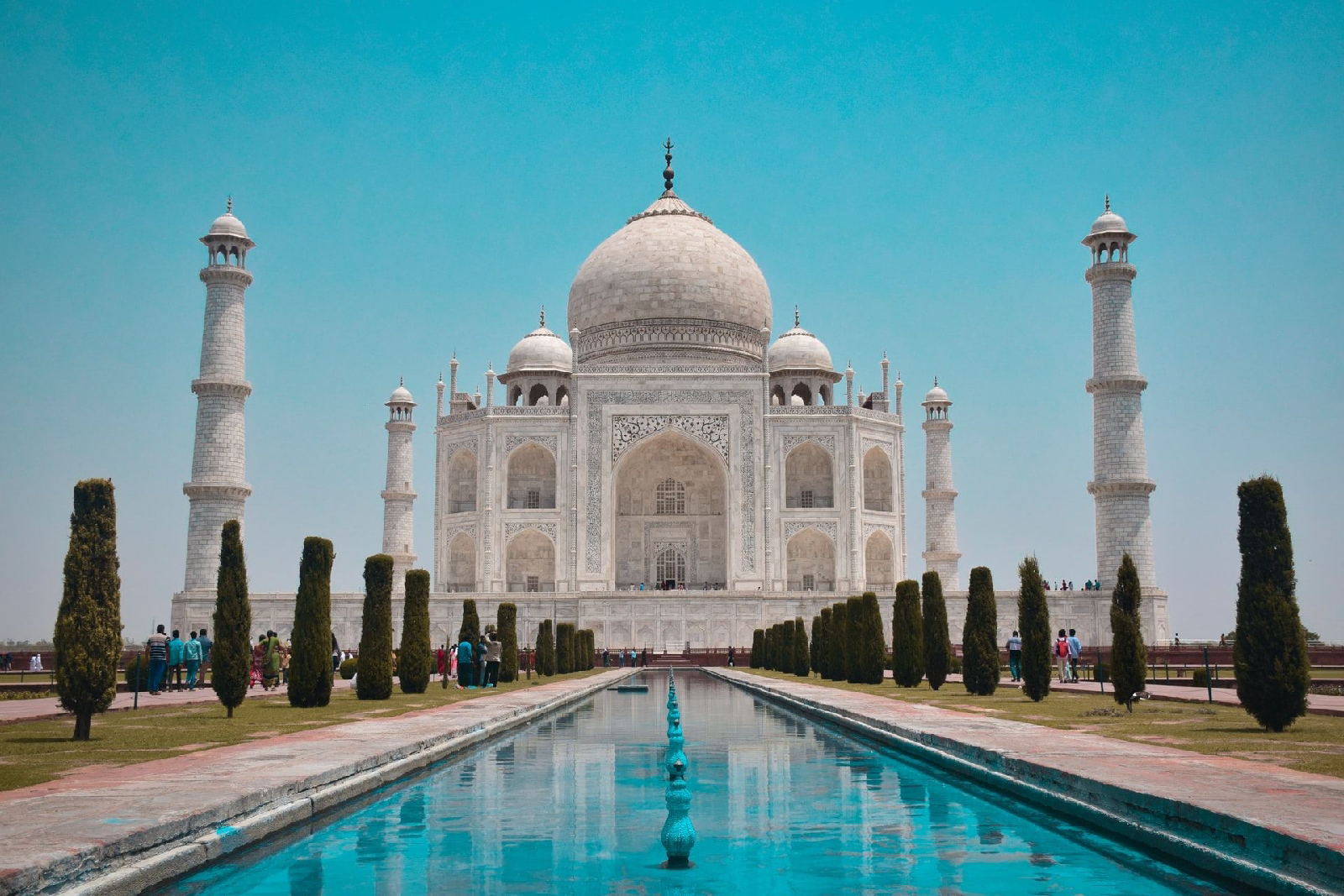A fascinating phenomenon consistently unfolds in the Holy Land of Mecca during the Hajj season. Among the millions of Muslims from every corner of the globe converging to fulfill the fifth pillar of Islam, pilgrims from three South Asian nations – India, Pakistan, and Bangladesh (often abbreviated as IPB) – appear to dominate the scene. Their significant numbers and noticeable presence frequently draw attention, prompting inquiries about the actual size of the Muslim communities in these countries and the economic potential they represent.
To comprehend why Hajj pilgrims from IPB are so prominently visible, it's essential to examine the Muslim population figures within these three nations. India, despite its Hindu-majority population, boasts a remarkably substantial Muslim community. With over 200 million individuals, Indian Muslims constitute one of the largest Muslim populations worldwide. Pakistan, established as a nation for the Muslims of the Indian subcontinent, harbors a Muslim population nearing 200 million.
Meanwhile, Bangladesh, with a Muslim-majority populace, has approximately 150 million Muslims. Collectively, the total Muslim population across these three countries surpasses half a billion, a staggering figure exceeding the total population of many other nations.
Given such immense Muslim populations, it's hardly surprising that the number of Hajj pilgrims from IPB is also significant. Although the Hajj quota allocated by the Saudi Arabian government varies for each country, India, Pakistan, and Bangladesh consistently rank among the nations with the largest quotas. In 2024, for instance, India was granted a quota of around 175,000 pilgrims, Pakistan approximately 179,000, and Bangladesh about 127,000. These figures placed all three among the top five countries with the largest Hajj quotas globally, following Indonesia, which has the world's largest Muslim population.
Beyond the sheer size of their Muslim populations, another contributing factor to the high number of Hajj pilgrims from IPB is the profound interest and enthusiasm among Muslims in these countries to perform the Hajj. Hajj is an obligation for every Muslim who is physically and financially capable. For many Muslims in India, Pakistan, and Bangladesh, performing Hajj is a lifelong aspiration and the pinnacle of their spiritual journey. They willingly save for years, even selling valuable assets, to embark on this pilgrimage to the Holy Land. This strong religious fervor motivates them to register for Hajj despite facing potentially long waiting lists.
Furthermore, historical and cultural factors also play a role. The connection between the Indian subcontinent and the Holy Land stretches back centuries. Numerous scholars and religious figures from this region have wielded considerable influence in the Islamic world. The tradition of pilgrimage to Mecca and Medina has been an integral part of the religious life of Muslims in India, Pakistan, and Bangladesh for generations. Strong social networks and community bonds also facilitate the Hajj journey for many individuals.
The significant presence of Hajj pilgrims from IPB carries not only religious dimensions but also substantial economic implications. Each year, hundreds of thousands of pilgrims from these nations bring considerable sums of money to finance their travel, accommodation, and personal expenses while in the Holy Land. Their spending contributes significantly to the Saudi Arabian economy, particularly the tourism and hospitality sectors.
Additionally, Hajj pilgrims from IPB often purchase souvenirs and gifts for their families and relatives back home. These purchases further contribute to the income of merchants in and around Mecca and Medina. Popular items include dates, Zamzam water, Ihram clothing, prayer rugs, rosaries, and various other souvenirs. This trade generates employment and stimulates economic activity in the region.
Looking beyond the Hajj season, the economic potential of the IPB diaspora abroad is also noteworthy. Many citizens of India, Pakistan, and Bangladesh work in various countries worldwide, including the Gulf states. They send substantial remittances back to their home countries, which serve as a crucial source of foreign exchange for the IPB economies. Moreover, many of them also invest in productive sectors in their countries of origin, creating jobs and fostering economic growth.
With their large Muslim populations, strong religious zeal, and widespread diaspora, the Muslim communities of IPB possess immense economic potential. If this potential can be effectively managed and empowered, they can become a significant economic force, both in their home countries and on the global stage. Governments in the IPB nations need to implement policies that support the development of the economic potential of their Muslim communities, including facilitating access to education, training, and business capital.
Furthermore, enhancing economic cooperation among the IPB countries is also crucial. With their large populations and abundant natural resources, these three nations have the potential to be strong trading partners. Collaboration in trade, investment, and infrastructure development can yield significant economic benefits for all three countries and the South Asian region as a whole.
In the context of the Hajj pilgrimage, the economic potential of pilgrims from IPB can also be optimized. Governments and private sector entities can provide services and products tailored to the needs and preferences of pilgrims from these nations, such as halal food, comfortable accommodation, and efficient transportation. By understanding the needs and economic potential of Hajj pilgrims from IPB, stakeholders can contribute more effectively to the smooth conduct of the Hajj and also capitalize on the existing economic opportunities.
In conclusion, the conspicuous presence of Hajj pilgrims from India, Pakistan, and Bangladesh in the Holy Land during the Hajj season reflects the large Muslim populations and strong religious fervor in these countries. Their presence carries not only significant religious importance but also substantial economic implications.
The economic potential of the IPB Muslim communities, both domestically and internationally, is vast and needs to be effectively managed and empowered to yield greater benefits for their home countries and the global economy.
loading...


Post a Comment